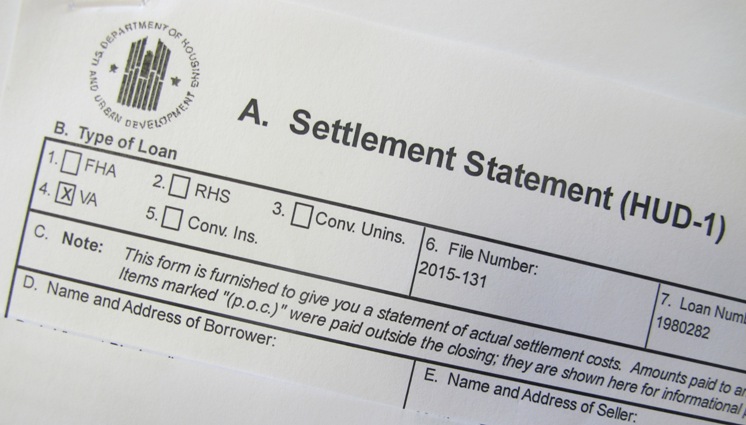New mortgage disclosure rules are now in effect that are destined to have a major impact on the closing process. The new rules that went into effect October 3 known as the TILA-RESPA Integrated Disclosure (TRID), merges the old HUD-1 Settlement Statement, the Good Faith Estimate, and the Truth-in-Lending disclosure form into two new closing forms: a Loan Estimate and a Closing Disclosure.
The goal of the new rules is to provide consumers with more time to review the total costs of their mortgage prior to closing.
Under the old rules the HUD-1 settlement form could be revised and delivered up to the day of settlement. Under the new TRID rules the new mortgage forms must be finalized and in the borrower’s possession three days prior to closing. If that deadline is not met, borrowers will receive another re-issuance of the closing disclosure and wait another three days.
The new regulations stem from the “know before you owe” initiative of the Consumer Financial Protection Bureau (CFPB) which was created in 2011 after Congress passed the Dodd-Frank Wall Street Reform and Consumer Protection Act in July 2010. The CFPB consolidates Federal consumer financial protection authority under one agency with the stated goal of serving as the watchdog over the markets for consumer financial products and services.
It is predicted that these changes could initially cause delays in closings as mortgage lenders and title companies familiarize themselves with the new regulations. Thirty-day waits are now common in some markets, 45 to 60 day waits may become more common as the industry navigates the changes.
Under the new rules, borrowers will receive a loan estimate, including information like the interest rate and monthly payment, within three business days of applying for a loan. If they apply to several lenders, the offers will be displayed in a similar format so the borrowers can compare terms like fees and interest rates.
The Loan Estimate and the Closing Disclosure replace four existing forms: the Good Faith Estimate and the initial Truth-in-Lending disclosure provided when you apply for a loan, and the HUD-1 Settlement Statement and the final Truth-in-Lending form issued just before closing.
The Loan Estimate form includes the interest rate, the fees for both lender and third-party services such as appraisals and title insurance, estimated closing costs and whether the borrower has the right to shop for services like title insurance. It also lists any prepayment penalties or future expected changes in interest rates. Lenders will be required to provide this form within three days of a loan application.
The Closing Disclosure includes the final figures for closing costs, prepaid taxes and insurance, payments, fees and mortgage terms, plus what costs are being paid by buyer and seller and, for the first time, how much is paid to each real estate company involved in the transaction.
Wallingford PA Real Estate – Wallingford, PA 19086


